 By Staff
By Staff
September 28th, 2018
BURLINGTON, ON
It can be confusing to keep up with everything the city’s Planning department is doing.
Everything comes under the GROW Bold initiative; something many people are not all that keen on.
Earlier in September the Gazette asked the Director of Transportation, Vito Tolone a number of questions:
When was Transpiration given Directions to conduct a study of the longer term transportation needs of the city?
If there was a budget amount attached to the Staff Direction what was that amount.
Have there been studies commissioned with consultants?
Are you able to say who the consultants are and what they have been asked to study or investigate?
Do you have a date for the next Transportation department report to a Standing Committee?
There has not been a response to date.
The report is pivotal for the city. With massive numbers of people expected to live in the city some way has to be found to let everyone move around. City hall talks about buses and bicycles.
Most people want to continue to use their cars and have city hall do something about grid lock.
A new official plan was pushed through city council and sent on to the Regional government where it waits for approval – no one is able to say just when that approval will take place.
A new Council will be elected late in October; it is certain that it will be a significantly different Council. Each of those Council members will also be a Regional Council. What appears to be a majority of the candidates want that Official Plan sent back to the city where changes can get made before the Region puts their stamp of approval on it.
City hall is telling citizens that over the next 25 years, Burlington is going to grow in its urban areas.
“With 193,000 people expected to live in Burlington by 2031, the city is planning for future population growth including how people will move through the city.
“Over the last 30 years, Burlington’s transportation network has accommodated growth by building more roadways. This strategy is no longer sustainable. The city does not have the space to build new roadways and the financial cost to maintain a larger network of roads is significant.
“A 21st century city is built around a different transportation model, one designed to provide people of all ages and abilities with more travel choices for things like walking, cycling and transit.
“Go Bold is Burlington’s Transportation Plan. The plan is built around eight new directions for the City of Burlington. When implemented, these directions will result in a new era of transportation.
In a Transportation study that seems to be talking ages to make it to a city council Sanding Committee the department explains that eight New Directions are being worked on.
The study will provide a wide range of options for getting around regardless of age, means or ability, including walking, cycling, public transit and automobiles.
Uses compact modes of travel like buses, bicycles and walking to efficiently move larger number of people
Is well connected to transportation systems in surrounding regions
Offers fast, reliable and more frequent transit
Features improved facilities and safety for cyclists and pedestrians
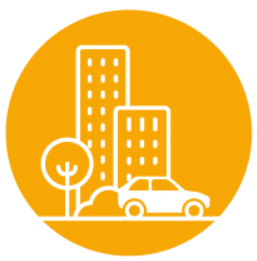
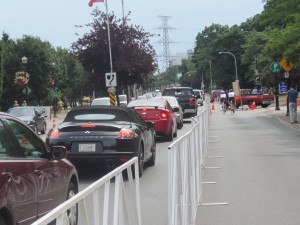
Fully Align Land Use and Transportation
Ensure all land use and transportation decisions made at City Hall, from policy-making to budgeting, are integrated and support walking, biking, transit.
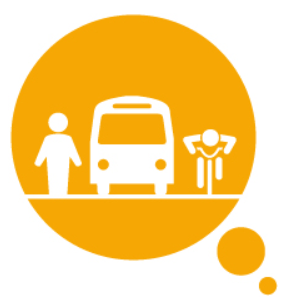
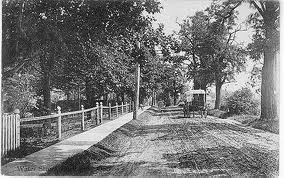
There was a time when Lakeshore was known as Water Street and traffic was a little slower. But Burlington isn’t a sleepy little town anymore – traffic has to be controlled.
Rethink Streets
Creating more travel options for the community means thinking differently about how our city streets look and function. One of the ways to allow for more travel choice is to create complete streets. These are streets that are designed to be safe, comfortable and efficient for people of every age and ability including pedestrians, cyclists, transit users and drivers. They also easily connect people to the places they live, work and play.
In rural areas we, envision the potential for rural roads to serve more than just automobiles, but instead as key pieces of infrastructure that improve community interconnectivity and social interaction.

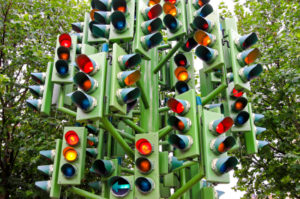
Reprioritize Mobility Choices
Reprioritize decision making at City Hall to support the creation of new facilities for walking, biking, transit that can compete with the automobile.
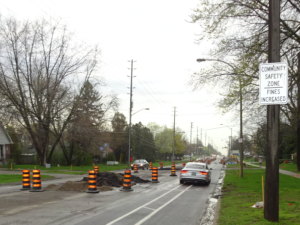
New Street when the Road Diet was thought to be a good idea.
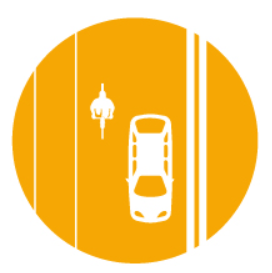 No New Street Capacity
No New Street Capacity
Land use intensification with further auto-oriented design will only result in continued auto-dependency, expensive infrastructure and overall traffic failure.
Understanding that as the city grows, expanded mobility will be achieved by investing in walking, biking, and transit instead of building new roadways.
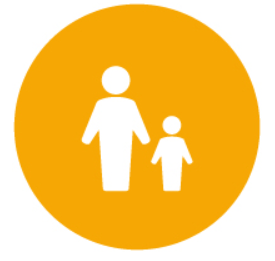
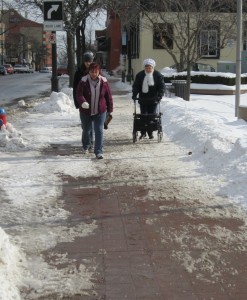 Make Walking More Enjoyable
Make Walking More Enjoyable
Walking is the foundation of the transportation system. Design streets that are safe, vibrant, active and easy to navigate.
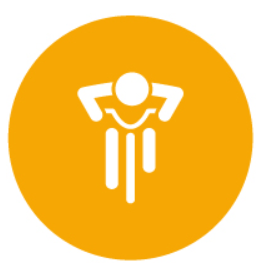
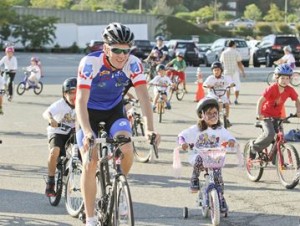 Make Biking More Enjoyable
Make Biking More Enjoyable
Design streets with biking infrastructure that provides a safe, well connected system throughout the city. In the rural areas, encourage development of biking opportunities over time with infrastructure where strategically appropriate.
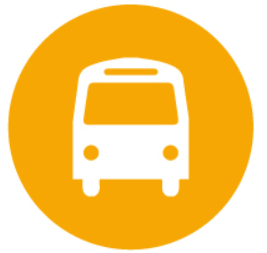
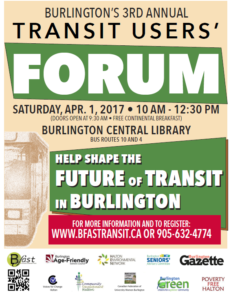 Make Public Transit Enjoyable
Make Public Transit Enjoyable
Implement significant and strategic improvements to transit in order to improve experience and increase ridership. The result is a transit network that offers quick, reliable and more frequent transit service.
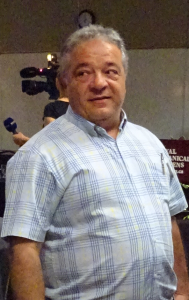
Vito Tolone – Director of Transportation
 “Walk the Talk” in the Follow Through
“Walk the Talk” in the Follow Through
Dedicate energy and attention to ensuring the actions identified in GoBold are implemented. Align decision making and budgeting to support the new mobility hierarchy.
This is all “Phony baloney” according to ward 2 city council candidate Lisa Kearns. She explained to a small audience recently that the problem with all these studies is that they are never related to each other.
Another problem is that the results seem to have a time line that has a life of its own.
















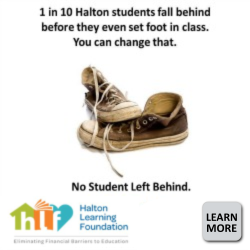

In any real world that we can get to from here, biking and walking will never replace any meaningful number of car trips.
And the bus has no budget or real political will to make any dent either. And further, the people who will pay the needed bill are us, the victims of this mess.
This won’t happen either. And whatever does will be too little, and like always, too late.
This traffic mess has been consistently worked on for 40 years, so with the same minions running things why would any sane person think it will become any different?
Trips have functions and practical purposes that make them more than numbers and percentages that can be added and subtracted like the ignorance of functional arithmetic our our planners and most Council members have adopted as their standard practice.
Phony baloney indeed. It doesn’t pencil out. It does not fit together. It never will because what they say is not possible in our world. It’s just stupid to think it will. Or deliberate phony baloney.
It’s part of the con job and swindle they are using to sell us the Plan that Mayor Goldring and most of Council pushed and approved. It’s more like fraud than a real deal. That’s why transporting the Go part it is under wraps for the election.
The Mayor has said that in the future there will be “fewer cars”. Where did he learn to count? What nonsense! Not possible! Has never happened anywhere.
The transportation study has no more substance than a wish. Looked at for what it really is, it is too stupid to rebut.
I have had just about enough of this unthinking stupidity, which is the only way to see what is in plain view to our own eyes and ears. They are telling us not to believe what is in plain sight.
Again, it won’t work, and anyone who tells you that it will is selling you proverbial swampland.
The problem isn’t just that the studies are unrelated to each other. The problem is that the studies, much like the policy authors, aren’t grounded in reality.
People will use alternate transportation forums in certain selected circumstances, and this is a fundamental issue the Director of Transportation can’t quite grasp. They will take a bus to and from a specific location (e.g. GO station, shopping mall) providing the bus schedule is conveniently timed, the bus is reasonably close to home, and they aren’t waiting inordinate amounts of time or transferring multiple times. They will ride a bike but likely not in the dead of winter with six inches of snow and ice on the ground. They will walk providing there are sidewalks and they aren’t travelling to multiple stops to run errands. And here’s the critical point: for other trips, they will likely drive.
This is the connection with reality the Transportation planners don’t seem to get. Ignoring an issue doesn’t make it better, and it doesn’t make it go away. It’s very nice to write lovely policy papers filled with all sorts of preachy, idealistic homilies about rainbows and unicorns and riding along roads while gazing wistfully at bucolic vistas, etc., but in the final analysis, if it doesn’t address the real problems faced by real people living in the real world then it isn’t worth diddly-squat. A transportation study that doesn’t include practical, concrete recommendations to deal with traffic congestion and expedite travelling times, such as traffic light synchronization, cut-in lanes for buses, 30 second advance greens on major intersections, more right hand turn lanes at major intersections, etc., is, to quote Ms. Kierans, just “phoney baloney”. Actually, Ms. Kierans is being much too charitable in her description. Most of us would characterize it as something else that can’t be printed in an online forum.
Here are some population statistics below that show we are already very close to the 193,000 projected for 2031. We most likely will be at a far higher population by then, so the transportation issue needs immediate attention to resolve the problems.
https://canadapopulation2018.com/population-of-burlington-2018.html
“POPULATION OF BURLINGTON IN 2018:
According to the 2011 assessment, Burlington’s population was about 175,779. As of the 2006 assessment, 48% of people were male and 52% female.
Talking about population, in order to check out the population of Burlington in 2018, we need to have a look at the population of the past 5 years. They are as per the following:
1. 2013 – 173,914
2. 2014 – 176,914
3. 2015 – 180,214
4. 2016 – 183,814
5. 2017 – 187,014
Predicting the 2018 population of Burlington is not easy but we can get the idea after analysing the population from the year 2013 – 17. As we have seen that every year the population increases by approximate 3200 people. Hence, the population of Burlington in 2018 is forecast to be 187014 + 3200 = 190,214. So, the population of Burlington in the year 2018 as per estimated data is 190,214.
Burlington Population 2018 –190,214. (estimated)”
I should have added: No wonder the majority of residents are rightly angered by the over-intensification problems that have created a traffic nightmare for us. The City Planning Staff has failed us. Our Mayor and Councillors have failed us. This election may be one of the most important elections in decades. We must replace our Mayor and Councillors who have been champions for giving the Developers control of the city’s growth direction. Research shows me that Marianne Meed Ward is the wise choice for Mayor and at least in my Ward 5, I know that Mary Alice St. James is the best choice for Councillor. There are candidates in each of the other wards that also want to slow down city growth. Let’s hope that the necessary change in city leadership becomes a reality after this election, before the transportation issues get even worse than they are now.